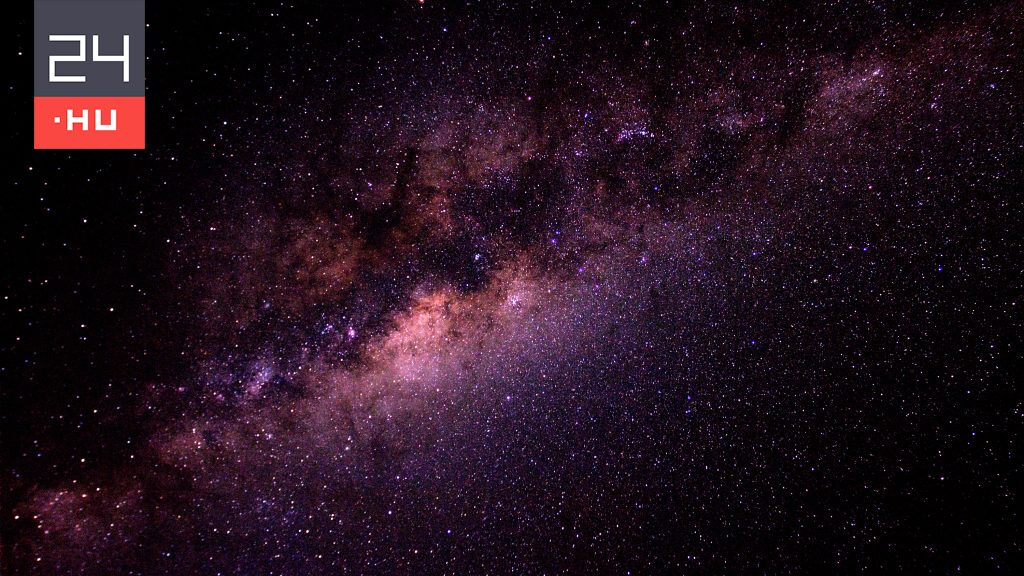A mysterious radio signal has been detected that repeats like a heartbeat in outer space, writes A Live Science. The emission source is located billions of light-years away in a distant galaxy. FRB 20191221A is a so-called fast radio burst (FRB), and this type of signal is one of the greatest mysteries of modern astronomy.
The very short but high-energy eruptions originate from distant galaxies, and there are many question marks regarding their source. According to some researchers, FRBs can be traces of alien civilizations, but the majority of experts doubt natural processes. According to the most accepted theory, radio bursts are created by residual stars, pulsars, and magnetospheres.
Most FRBs last a few milliseconds, but the current lasts 3 seconds, making it the longest. Discovery report study Moreover, the outbreak is recurring.
According to the researchers, this is the clearest repeat pattern of FRBs to date.
“There aren’t many things in the universe that emit precisely periodic signals,” he said. Danielle Micheli, a fellow at the Massachusetts Institute of Technology and a member of the team. He added that known examples in our galaxy are radio and magnetic pulsars, which rotate and emit radial emissions like a lighthouse.
The new FRB was discovered by the Canadian Hydrogen Intensity Mapping Experiment (CHIME) telescope in late 2019. According to Micheli, the emission looked unusual. The researcher added that the signal was not only long, but also had very periodic and minute peaks. After analyzing the data, it was determined that the emission was very similar to what was observed in the case of radio and magnetic pulsars in our galaxy.
However, FRB 20191221A appears to be a million times brighter than its known counterparts. Experts are confident that with further examination of the signal, they will be able to better understand its nature.












































